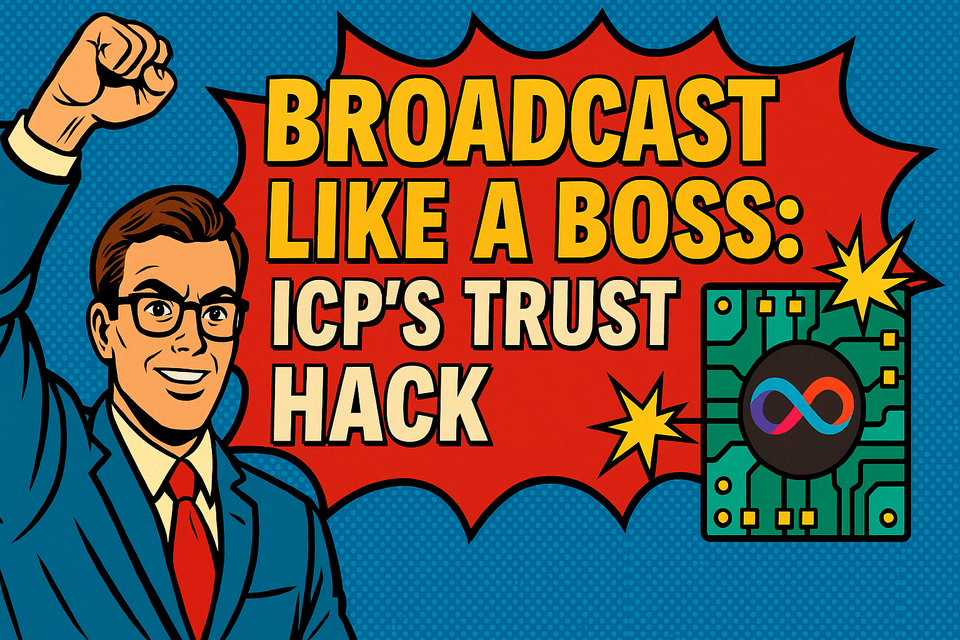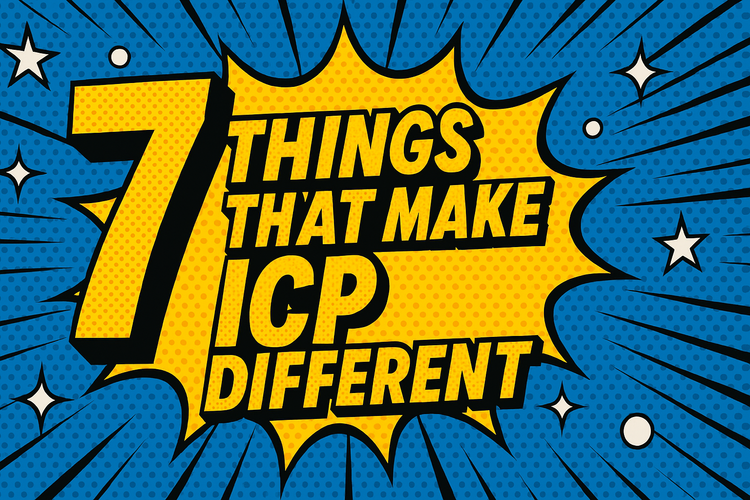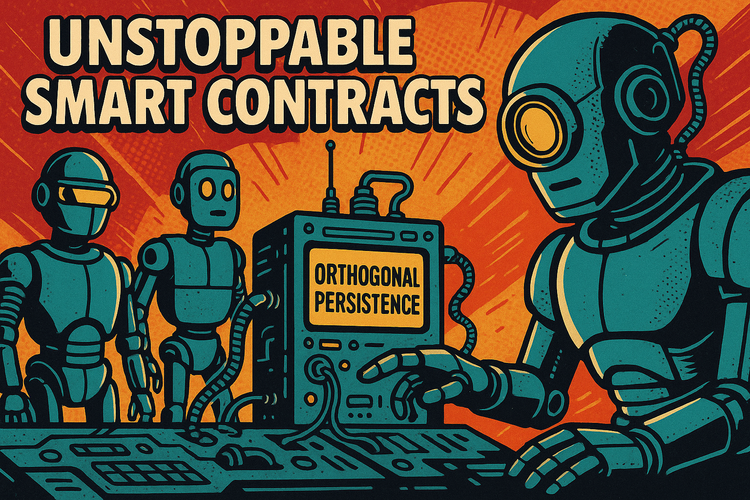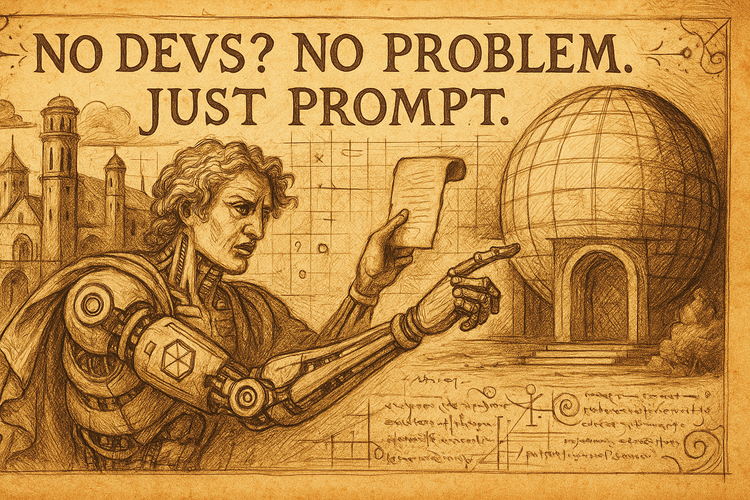Byzantine, But Make It Efficient: ICP New Broadcast

This article is inspired by Thomas Locher’s groundbreaking paper "Byzantine Reliable Broadcast with Low Communication and Time Complexity" — hot off the DFINITY lab ovens! Big thanks to Thomas for brewing up this masterpiece!
☄️ Broadcasting Without Breaking the Bank
Broadcasting messages in a network full of mischievous (aka Byzantine) nodes is one of the oldest and trickiest problems in distributed computing. Traditionally, you either had to:
- Spam the whole network (sending megabytes of data everywhere)
- Trust too much (and get rugged by sneaky nodes)
But what if you could do better — faster, cheaper, and cooler?
Enter Thomas Locher’s new protocol, a brainchild straight from the halls of DFINITY:
Reliable broadcasts with half the chatter and twice the chill.
⚡ The Old Way: Loud and Expensive
The classic way (Bracha's protocol, 1987) was like trying to organize a flash mob by shouting across a city — inefficient and chaotic. Even when coding tricks (like erasure codes) were added later, there was still a minimum "overhead tax" of 3× the original message size.
That’s a heavy load if you're trying to broadcast across a planet-sized blockchain like ICP!
✨ The New DFINITY Way: Shave the Overhead, Not the Safety
Locher’s algorithms — let’s call them A18C and AB86 — pull a brilliant move:
- Cut overhead to 2× (and even 1.5× under good conditions!)
- Speed up delivery to just 2 or 3 network rounds
- Reduce bandwidth without sacrificing Byzantine toughness
How?
Instead of everyone broadcasting blindly, nodes cooperate smartly — exchanging just enough fragments of a message and fixing gaps only if needed. It's like reconstructing a full painting by passing around puzzle pieces — intelligently!
And the kicker? This isn't some lab fantasy. Real-world tests show encoding/decoding takes mere milliseconds.
🚀 Why This Matters for ICP
ICP isn’t just another blockchain. It's a full-stack decentralized cloud.
Efficient communication matters a lot if you want to:
- Run AI models fully on-chain (hello, Caffeine.ai)
- Scale DeFi to millions of users
- Build unstoppable DAOs and apps
Locher’s work makes sure that even if bad actors lurk in the network, your app still broadcasts transactions smoothly without clogging the tubes.
It's the kind of plumbing that enables self-writing Internet, on-chain agents.
☕ Final Sip: A New Standard for Blockchain Broadcasting
At CoinTranscend, we believe the future belongs to systems that are:
- Trustless
- Efficient
- Creative
Thomas Locher's new Byzantine broadcast protocol checks all three boxes.
In a world racing toward AI-driven, agent-operated blockchains, reliable broadcast without noise isn't just nice to have — it’s oxygen.
And thanks to DFINITY, ICP, and heroes like Thomas, that oxygen is getting richer by the day.
Stay Notoko. Stay efficiently decentralized.
Read the full paper here.
💡 Subscribe to Notoko Bytes for more crypto chaos straight to your inbox! 🚀

Want to feature your brand on Notoko Bytes? 🚀 Contact us at ctrascend@gmail.com for sponsored posts!
Disclaimer
*The information and analysis provided in this article are intended for educational and informational purposes only and should not be considered as financial, investment, or professional advice. While our team strives to ensure the accuracy and reliability of the content, we make no representations or warranties of any kind, express or implied, about the completeness, accuracy, reliability, suitability, or availability of the information presented.
The content within this article may include opinions and forward-looking statements that involve risks and uncertainties. The blockchain and cryptocurrency markets are highly volatile, and past performance is not indicative of future results. Any reliance you place on the information presented is strictly at your own risk. Before making any investment decisions, we highly recommend consulting with a qualified financial advisor or conducting your own thorough research.
By accessing and using the information provided in this article, you acknowledge and agree that neither the authors, publishers, nor any other party involved in the creation or delivery of the content shall be held liable for any direct, indirect, incidental, consequential, or punitive damages, including but not limited to loss of profits, goodwill, or data, arising out of your use or inability to use the information provided or any actions you take based on the information contained within this section.*





